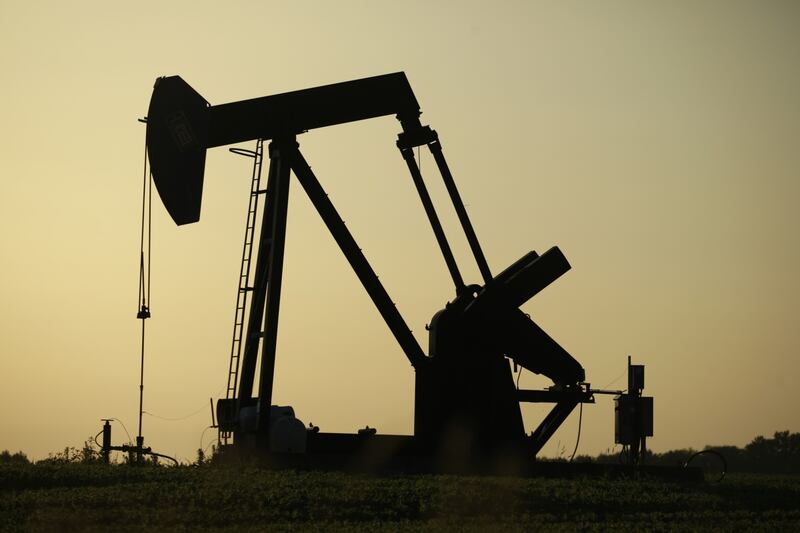Oil prices fluctuated on Thursday after hitting their lowest since February on fears of weak demand as economic growth continues to slow even as the Opec+ group of producers agreed to a much smaller increase in supply from September.
Brent, the global benchmark for two thirds of the world’s oil, was trading 3.12 per cent lower at $93.76 a barrel at 9:13pm UAE time.
West Texas Intermediate, the gauge that tracks US crude, was down 2.86 per cent at $88.07 a barrel.
Both benchmarks fell sharply on Wednesday to close at their lowest levels since February. Brent settled 3.7 per cent lower at $96.78 a barrel while WTI fell by about 4 per cent to $90.66 a barrel.
“The oil market will remain tight over the short-term and that means we should still have limited downside here,” said Edward Moya, a senior market analyst at Oanda.
“Crude prices should find strong support around the $90 level and, eventually, will rebound towards the $100 barrel level even as the global economic slowdown accelerates.”
On Wednesday, Opec+ agreed to boost its September output by a much smaller 100,000 barrels per day, as it recalibrated production amid continued price volatility.
“The severely limited availability of excess capacity necessitates utilising it with great caution in response to severe supply disruptions,” the group said.
However, the smaller increase in output will not have a major impact on the market, said Edward Bell, senior director of market economics at Emirates NBD.
Opec+ is “essentially adding nothing to change the narrative around oil markets as the hike will be barely noticeable and may end up as a rounding error in some countries’ production”, he said.
“Oil prices initially rallied on the news but given that the situation around oil remains the same — recession and geopolitical risks to the downside, supply constraints for the upside — prices turned lower sharply.”
Data from the US Energy Information Administration (EIA) showing a drop in fuel demand and a rise in oil stocks also pushed prices down on Wednesday.
The latest figures showed US crude oil stocks for the week ending July 29, excluding the Strategic Petroleum Reserve, increased by 4.5 million barrels from a week earlier.
The weekly EIA crude oil inventory was “very bearish” and, together with plunging fuel demand, sent “oil prices sharply lower”, Mr Moya said.
“The demand outlook might be much worse than everyone was thinking as US gasoline demand fell 7.1 per cent, despite lower prices and this still being peak summer vacationing time,” he said.
Growing uncertainty about the global economic outlook amid high inflation and the Russia-Ukraine conflict have stoked demand concerns in recent months.
However, despite such concerns, oil demand is expected to hold up in the third quarter of this year at an average of 100.3 million bpd, from 98.7 million bpd in the second quarter, according to Japanese lender MUFG.
In its outlook report last month, Opec forecast that global oil demand would also continue to grow next year, with Opec producers required to pump close to a million barrels more a day in 2023.







